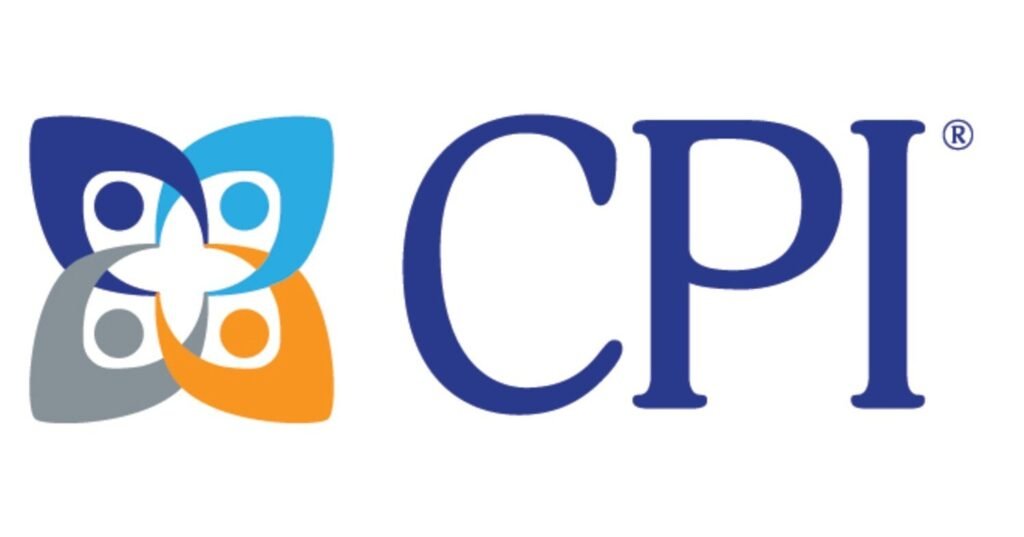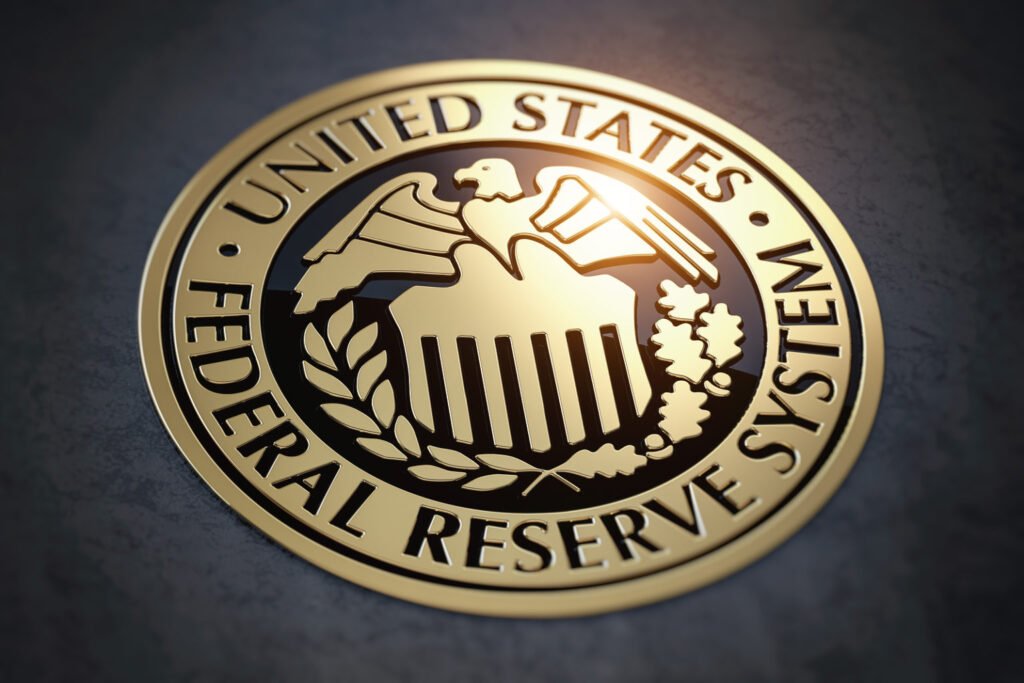For months, the Federal Fed’s Reserve has been cautiously watching inflation trends, hoping that interest rate hikes would finally put a lasting lid on rising prices. Yet, with the release of the June Consumer Price Index CPI data, those fears of inflation bouncing back may no longer be just a worry—they might now be becoming a reality. The numbers are sending a strong signal that the long, painful fight against inflation is far from over, despite earlier signs of cooling. For the Fed, this could mean tough decisions lie ahead, and for everyday Americans, it might bring fresh concerns about affordability and financial stability.
What the June CPI Data Reveals
The June CPI numbers showed a sharper-than-expected uptick in consumer prices, both in headline and core inflation. The most troubling part for the Fed? Inflation is no longer confined to volatile areas like energy or food. It’s spreading across sectors—housing, services, insurance, and even recreation are showing consistent price increases. This kind of broad-based inflation is harder to tame and tends to be more persistent. It also hits consumers from multiple angles, whether they’re buying groceries, renting apartments, or seeking healthcare services.
Why This Alarms the Federal Reserve
The Federal Reserve’s mission is twofold: maintain stable prices and support maximum employment. For the past couple of years, inflation has been the Fed’s primary focus. After a period of aggressive rate hikes, many believed the Fed had turned the tide. Inflation was cooling. Interest rates were doing their job. But the June CPI report acts like a cold splash of reality. The central bank’s biggest fear is inflation getting “sticky”—remaining high even when monetary policy is tight. That’s the scenario June’s data hints at.
This stickiness suggests inflation may have become embedded in the economy. Businesses raise prices, workers demand higher wages, and the cycle continues. It’s a feedback loop that’s hard to break once it starts, and that’s precisely what the Fed hoped to avoid.

The Delicate Dance Between Rates and Growth
With this new data, the Fed faces a dilemma. Keeping interest rates high may be necessary to break inflation’s grip, but that comes with the risk of slowing down the economy—or worse, pushing it into a recession. Already, signs of economic strain are appearing. Credit conditions have tightened, consumer spending is softening in some areas, and businesses are growing more cautious. And yet, inflation remains stubborn.
This balancing act is delicate. If the Fed moves too aggressively, it could halt economic recovery. If it’s too cautious, inflation could spiral again. The June CPI report intensifies the pressure on policymakers to get it just right—a near-impossible task in such a complex, fast-changing economy.
Consumers Start Feeling the Pinch Again
For millions of Americans, inflation isn’t just a headline—it’s a daily struggle. The cost of living, after a brief pause, is rising again. Rent, insurance premiums, groceries, and basic services are taking up a bigger chunk of people’s paychecks. Even with a strong job market, many are finding it difficult to stretch their dollars. Wage gains, while helpful, are still not consistently keeping up with price increases.
What’s more worrying is that people have already dipped into savings and racked up credit card debt to cope with the first wave of inflation. If prices keep climbing, especially for necessities, household budgets will come under even more stress. This could eventually hurt overall consumer demand, which is a key driver of the U.S. economy.
The Markets Are Watching Closely
Wall Street has been keeping a close eye on inflation reports, and the June CPI data sent ripples through financial markets. Stocks wobbled, bond yields jumped, and expectations for future Fed moves shifted dramatically. Before the data release, many believed the Fed might start cutting rates by the end of the year. Now, that optimism is fading.
Investors are recalibrating. If inflation is proving more stubborn, then high interest rates may be here to stay longer than anyone hoped. That doesn’t just impact traders—it affects mortgage rates, car loans, business investments, and more. In short, the cost of borrowing stays high, and that affects every corner of the economy.
What Happens Next? The Road Ahead
So, where does this leave the Fed? Chair Jerome Powell and his team have a difficult road ahead. They may not hike rates immediately in response to June’s data, but the chances of rate cuts have definitely shrunk. They’ll likely wait for more data over the next few months before making their next move. But if inflation continues to trend upward—or even stay flat at high levels—they’ll have no choice but to act.
This could mean more rate hikes or a longer pause at current levels. Either way, the message is clear: the fight against inflation isn’t over. It’s entering a new, more complex phase. And that means more uncertainty for households, businesses, and financial markets.

Why the Fed’s Job Is Getting Harder
What makes this phase especially tricky is the lag effect. Interest rate hikes take time to show their full impact. Sometimes it takes months, even a year, for higher rates to slow spending, cool the labor market, and dampen inflation. But by the time the effect shows up clearly, inflation may have already done more damage—or the economy may have already slowed too much.
That’s the tightrope the Fed walks now. It’s a mix of science, experience, and a bit of luck. Getting it right means the U.S. could see a soft landing—cooling inflation without triggering a recession. Getting it wrong could lead to either runaway inflation or an economic downturn. The stakes couldn’t be higher.
Public Patience Wears Thin
Americans have shown remarkable patience through inflation’s first wave. Many accepted that global supply chain issues, war impacts, and pandemic aftershocks were partly to blame. But as inflation returns—this time more rooted in domestic factors—patience may not last. Public frustration could rise, especially if the cost of living continues to outpace wages or erodes savings.
For the Fed, this makes communication even more important. They’ll need to explain clearly why they’re taking certain steps, even if those steps cause temporary pain. Without that trust and clarity, confidence in the central bank’s ability to manage the economy could weaken—adding to instability.
Conclusion: A Critical Turning Point
The June CPI report may well mark a turning point. It’s more than just a data point—it’s a signal that the Fed’s battle with inflation is far from won. With price pressures spreading across the economy, policymakers must stay vigilant and adaptable. For now, the dream of rate cuts is on hold, and the reality of ongoing inflation control has taken center stage.
As the Fed rethinks its next moves, Americans are once again bracing themselves—for higher prices, tighter budgets, and more economic twists ahead. Whether this is a temporary setback or the start of a longer struggle remains to be seen. But one thing is clear: inflation is not going quietly, and neither will the fight to tame it.
Also read : Metro D Line Shutdown Triggers Chaos for LA Commuters.






